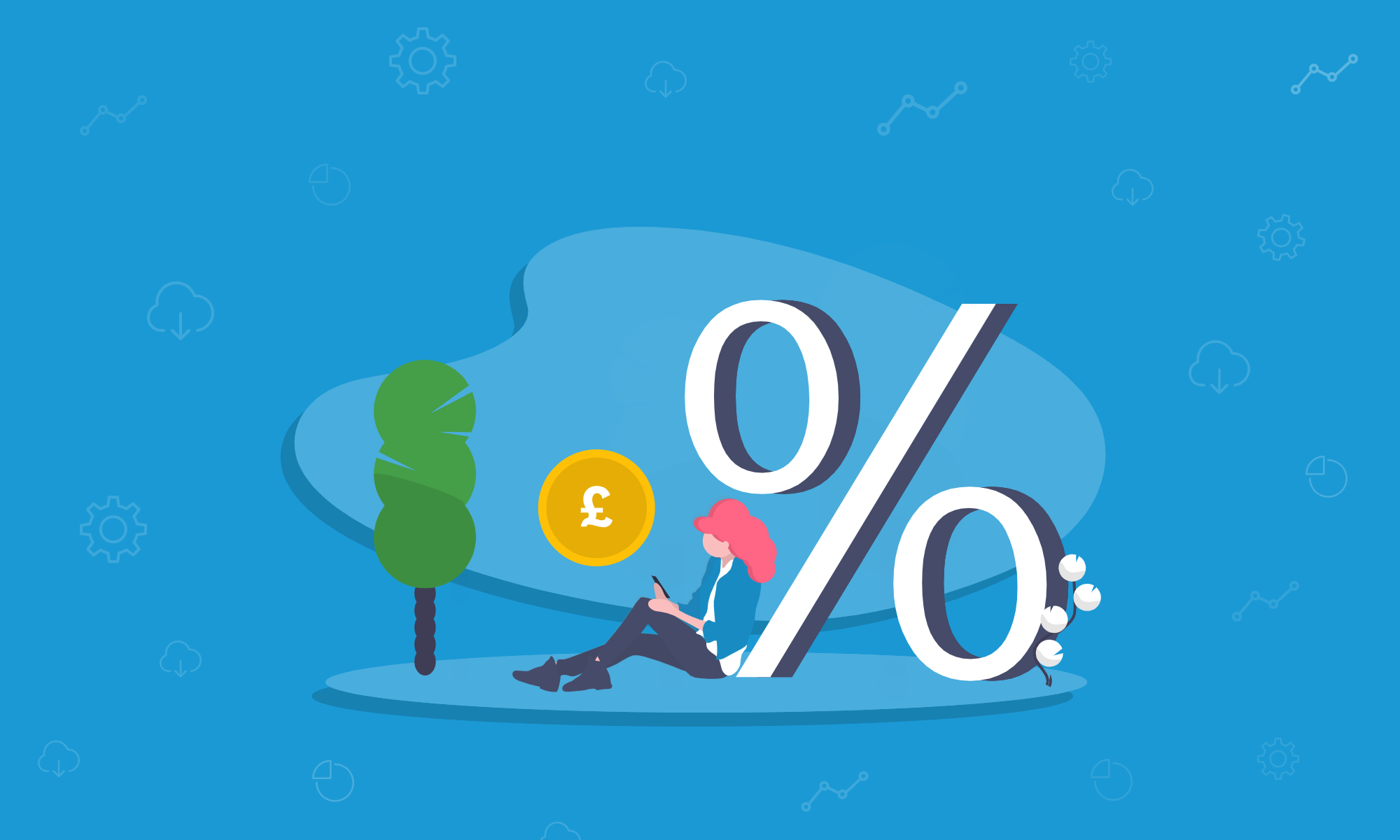There are a number of VAT schemes available, two of which are intended to help businesses improve cash flow and save time: VAT Cash Accounting and the VAT Flat Rate Scheme. But what are they and which is best for your business?
In this article, we’ll review the benefits of both and outline which businesses each is most suited to.
VAT Cash Accounting versus the VAT Flat Rate Scheme
Our table below sums up and compares what these two types of VAT accounting schemes might mean for your business, and the eligibility criteria for joining them. Just remember, you’re only able to use one scheme at a time!
| VAT Cash Accounting | VAT Flat Rate Scheme |
| Pay VAT on sales when your customers pay | Pay a fixed rate of VAT regardless of when customers pay |
| Reclaim the VAT you pay on purchases once you pay your supplier | Keep the difference between what you charge customers and the flat rate you pay to HMRC |
| VAT turnover must be £1.35 million or less to join the scheme | Your VAT turnover must be £150,000 or less to join the scheme |
VAT Cash Accounting
One of the main benefits of using the VAT cash accounting scheme is that you won’t need to send HMRC the VAT you collect on a sale until your customer actually pays you. It means you can delay your VAT payment until the money comes in from the client, rather than paying it out of the business and then waiting for the customer to pay (which can put strain on your cash flow).
This VAT accounting method if particularly useful if you invoice clients and then they pay you according to your payment terms, rather than collecting the payment at the point of sale.
Be mindful that as soon as your business turns over more than £1.35 million, you will no longer be eligible to benefit from the scheme.
VAT Flat Scheme
If your business has a taxable turnover £150,000 or less and you are VAT registered, then the VAT Flat Scheme might be best suited to you. With the VAT Flat Scheme, you’ll pay a fixed VAT flat rate calculated dependent on your business type. You’ll also get a 1% discount in your first year as a VAT registered business.
This scheme aims to simplify VAT for smaller businesses; you pay one flat rate of VAT and don’t need to record how much you VAT you charge.
Completing VAT returns
Regardless of which scheme you decide to use for your business, all businesses turning over £90,000 or more per year need to use digital bookkeeping and submit VAT returns using HMRC recognised software.
This is the first scheme launched under HMRC’s Making Tax Digital (MTD) initiative. It’s designed to make tax returns simpler and more efficient.
Find out more about how Pandle is one of the recognised MTD software providers, with our free accounting software designed for straightforward and intuitive bookkeeping .
